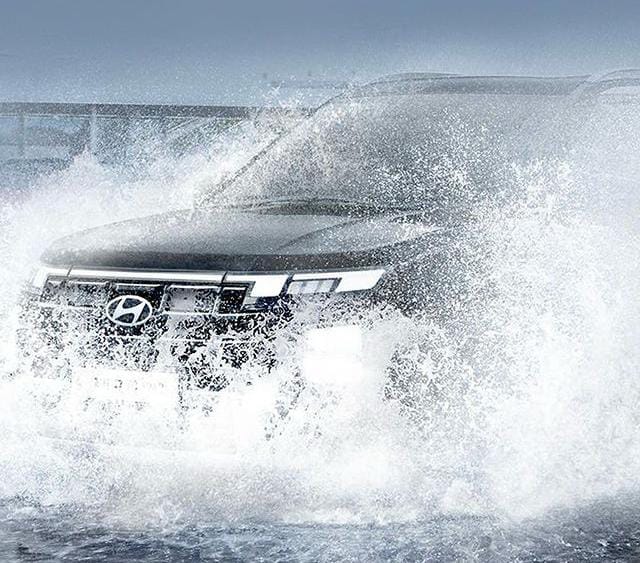India’s SUV market has become a runaway success story, with sales surging from 40.1% in 2022 to a whopping 50.4% in 2024! Leading the charge is Hyundai, a major player experiencing a massive 67% growth in SUV sales. In May 2024 alone, they sold an impressive 49,151 units, with the ever-popular Creta SUV accounting for a significant chunk – a whopping 14,000 units!
Hyundai Creta
Since its debut in 2015, the Hyundai Creta has become a blockbuster success, building on Hyundai’s heritage of reliability. But what exactly makes the Creta such a crowd-pleaser?
With the starting price of Rs. 11.00 Lakh; This feature-rich SUV blends a comfortable ride with everyday practicality. It offers a spacious interior, modern technology, and a choice of smooth petrol and diesel engines paired with responsive gearboxes. The 2024 update adds a dash of style and a focus on performance, making it an even more compelling option for urban driving. However, with any car, there’s more to the story than initial impressions.

Beyond the Hype: A Look at the Other Side
While the sales figures speak volumes, let’s explore potential drawbacks of the Creta:
- Ubiquity and Lost Individuality: Creta’s sheer popularity can be a double-edged sword. Seeing one at every turn signal can dilute the excitement of ownership. The “sameness” might leave some drivers yearning for a car that reflects their unique personality.
- Premium Perception vs. Reality: Despite potentially having similar engine specifications and pricing, the Kia Seltos manages to convey a more premium feel in both design and materials.
- Safety Concerns: The Creta’s 4-star adult and 3-star child safety rating falls short compared to rivals like Tata Nexon and XUV 700, which boast a coveted 5-star rating. Safety should be a top priority, and Creta might not be the leader in this crucial aspect.
- N Line vs. XUV 700: While the Creta N Line caters to performance enthusiasts, the Mahindra XUV 700 offers a compelling alternative. The XUV 700 can be a better option due to its 7-seater capacity, 5-star rating, Luxurious, Tech-laden Interior, More Powerful Engine Options and Sturdy rides.
- Boot Space Matters: If you prioritize maximizing space, the MG Astor stands out with a best-in-class offering of 488 liters. The Honda Elevate follows closely with a respectable 458 liters. And the Mahindra Scorpio N boasts a clever design; with its third-row seats folded, the boot space expands significantly from 460 liters to a massive 1,065 liters! The Hyundai Creta, with only 433 liters of boot space (similar to the Kia Seltos), sits in the middle of this pack.
- Not the Sportiest: While the Creta offers a comfortable ride, rivals like the Taigun, Kushaq, and even the XUV 700 cater to drivers who prioritize a more engaging and powerful driving experience, without compromising on comfort.
- Sturdiness Concerns: Compared to the XUV 700 and Scorpio N, which feel more solid and SUV-ish with better off-road capability, the Creta does not feel as sturdy.
- Lacks 4×4 capability: The Creta prioritizes on-road performance and doesn’t offer a four-wheel-drive option, which is available in competitors like the Jimny, Scorpio and XUV 700.
- Not the best value for Money: For budget-conscious buyers seeking a feature-rich option, the MG Astor and Honda Elevate remain standing as more attractive choices.
The Creta undeniably offers a comprehensive package. However, some competitors excel in specific areas like safety, premium feel, boot space and value for money. Despite these potential drawbacks, the Creta continues to dominate sales. Perhaps it’s a case of familiarity and brand trust winning over some buyers. Ultimately, the choice depends on individual priorities and preferences.
So, is the Creta all hype, or does it deliver? The answer lies in your priorities

